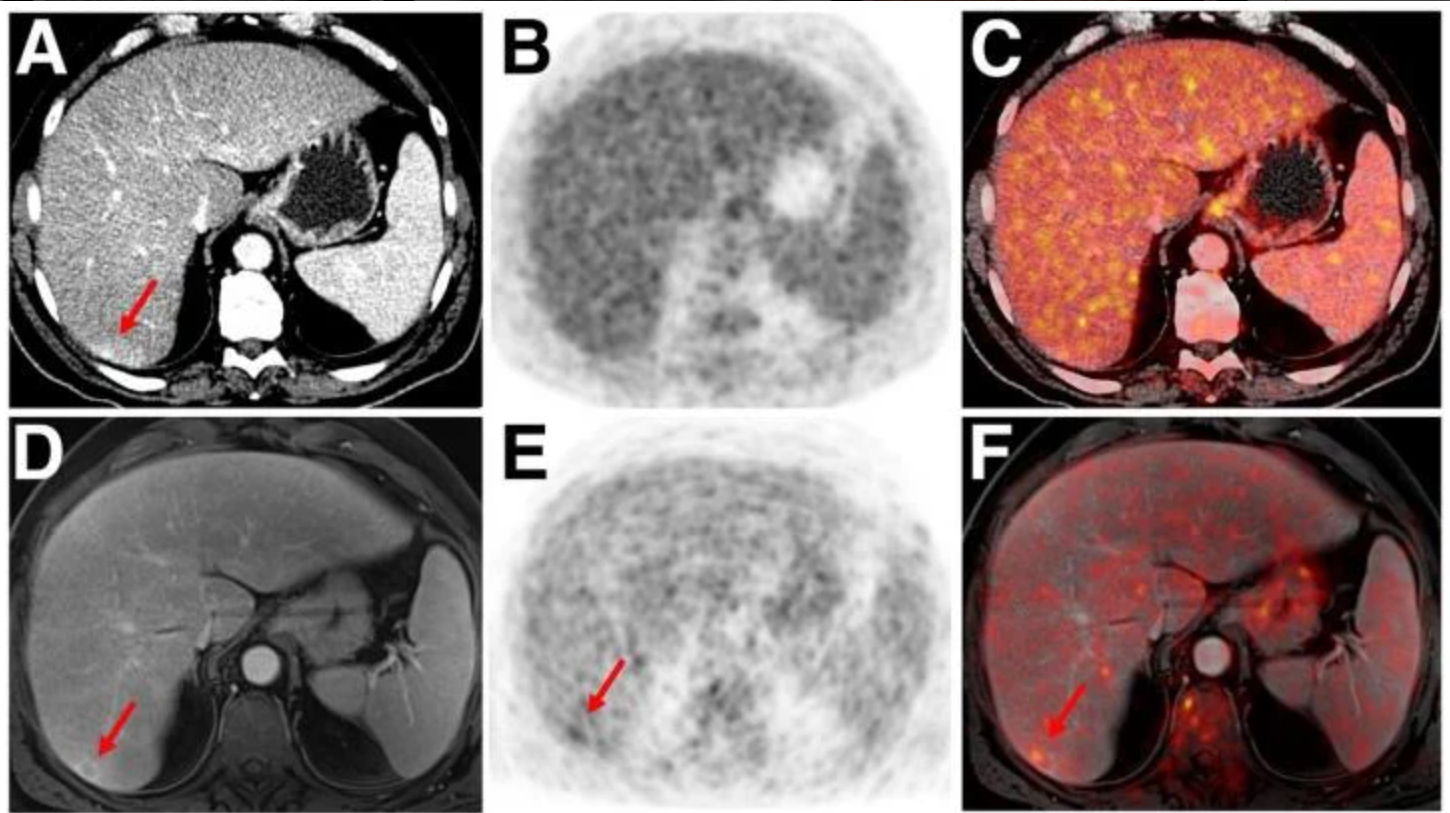The Top 5 of MRI in 2020
MRI reveals its wide utility this year, demonstrating improved performance in disease detection, as well as outperforming other modalities in providing clearer, more detailed images.
This year, investigators throughout the globe shared their work with MRI, highlighting not only the additional ways the modality can be used, but also spotlighting its ability to outperform other scanning methods. A variety of developments demonstrated the wider role that MRI can play with cancer imaging, neurological disease detection, and even COVID-19.
Of all the MRI articles published this year, five topped the list for audience interest. In the synopses below, take a look at some of the most popular MRI articles of 2020.
1. MRI and PET Reveal Parkinson’s is Two Diseases
Date Published: Sept. 26, 2020
New work put the long-standing question of whether Parkinson’s is more than one disease to rest. It is, in fact, two conditions, and knowing this can help providers personalize treatments. One form of Parkinson’s starts in the intestines and moves to the brain, and the other starts in the brain and heads to the intestines. Investigators from Aarhus University in Denmark published their work in the journal Brain, noting that isolated REM sleep behavior disorder could be a risk factor associated with body-first Parkinson’s disease. Some patients experience damage to the brain dopamine system before experiencing intestinal damage, and others have damage to the nervous system of the intestines and heart before the disease gets to the brain.
Take-Away Message: Knowing Parkinson’s is two conditions can open the door to more targeted, personalized treatment.
2. Discrepancy Rates and Errors a Bigger Problem with Body MRI Than Realized
Date Published: Oct. 16, 2020
Nearly 70 percent of body MRI interpretations have at least on discrepancy. Most errors are cognitive and could potentially be avoided by having a sub-specialist read the studies, according to investigators from the University of Southern California Medical Center. In the American Journal of Roentgenology, they said faulty reasoning and satisfaction-of-search were responsible for the vast majority of errors.
Take-Away Message: Most general radiologists may be unaware of this discrepancy rate. Employing sub-specialists to read the body MRIs could improve patient outcomes and overall cost to the health system.
3. Faster, Cheaper Breast MRI Performs As Well As Full-Protocol Scans
Date Published: Aug. 12, 2020
Abbreviated MRI protocols perform equivalently to a full MRI protocol when it comes to breast MRI. In the first head-to-head study of its kind, investigators from the University of Cambridge School of Clinical Medicine shared their findings during the Society of Magnetic Resonance in Medicine annual meeting. Alongside the comparable performance that produced diagnostic-quality images, abbreviated protocols also save time and cost because fewer images are required.
Take-Away Message: Abbreviated MRI can be used with patients who need adjunct MRI imaging due to suspicious mammogram or ultrasound exams, but further research is still necessary.
4. PET/MRI Outperforms PET/CT in Cancer Imaging
Date Published: Sept. 19, 2020
PET/MRI detects more lesions than PET/CT when imaging for cancer, potentially producing faster, more efficient local and whole-body staging in a single step with less radiation. PET/MRI offers providers higher soft tissue contrast, reducing the need for additional examination in comparison to PET/CT. German researchers compared the performance of PET/MRI to PET/CT with patients who have a variety of cancers, including lung, gastrointestinal, neuroendocrine, gynecologic, or breast, as well as many other forms, and they published their results in the Journal of Nuclear Medicine.
Take-Away Message: By reducing radiation exposure, the combination PET/MRI imaging can be a good option, particularly for imaging children.
Indeterminate lesion on PET/CT classified by PET/MRI for 53-y-old man with lung cancer. Contrast-enhanced CT (A), PET (B), and fused 18F-FDG PET/CT (C) images are displayed in comparison with contrast-enhanced T1-weighted MRI (D), PET, and fused 18F-FDG PET/MRI (F) images. In CT (A), hyperdense, subcentimeter liver lesion (arrows) in segment VII is suggestive of transient hepatic attenuation difference or small hemangioma. As malignancy cannot be excluded, it needs further investigation. On PET/MRI, lesion is clearly classified as metastasis because of contrast enhancement and tracer uptake due to later acquisition time point. Follow-up CT confirmed diagnosis after 78 d. Courtesy: Ole Martin, University Dusseldorf, Medical Faculty and Benedikt Schaarschmidt, University Hospital Essen.

5. Cardiac MRI Reveals Myocarditis in Competitive Athletes Recovered from COVID-19
Date Published: Sept. 11, 2020
Myocarditis can affect roughly 15 percent of athletes who recover from COVID-19, based on cardiac MRI results. Knowing the scan can identify this potentially fatal problem make the scan a critical part of determining which athletes are safe to return to play, said Ohio State University researchers in JAMA Cardiology. COVID-19 affects the heart in 78 percent of patients, and the resulting myocardial inflammation lingers in 60 percent, potentially leading to myocardial dysfunction or death.
Take-Away Message: Cardiac MRI may provide an excellent risk stratification assessment for myocarditis in athletes who have recovered from COVID-19 to guide return-to-competition decisions.
Emerging AI Algorithm Shows Promise for Abbreviated Breast MRI in Multicenter Study
April 25th 2025An artificial intelligence algorithm for dynamic contrast-enhanced breast MRI offered a 93.9 percent AUC for breast cancer detection, and a 92.3 percent sensitivity in BI-RADS 3 cases, according to new research presented at the Society for Breast Imaging (SBI) conference.
Could AI-Powered Abbreviated MRI Reinvent Detection for Structural Abnormalities of the Knee?
April 24th 2025Employing deep learning image reconstruction, parallel imaging and multi-slice acceleration in a sub-five-minute 3T knee MRI, researchers noted 100 percent sensitivity and 99 percent specificity for anterior cruciate ligament (ACL) tears.
New bpMRI Study Suggests AI Offers Comparable Results to Radiologists for PCa Detection
April 15th 2025Demonstrating no significant difference with radiologist detection of clinically significant prostate cancer (csPCa), a biparametric MRI-based AI model provided an 88.4 percent sensitivity rate in a recent study.